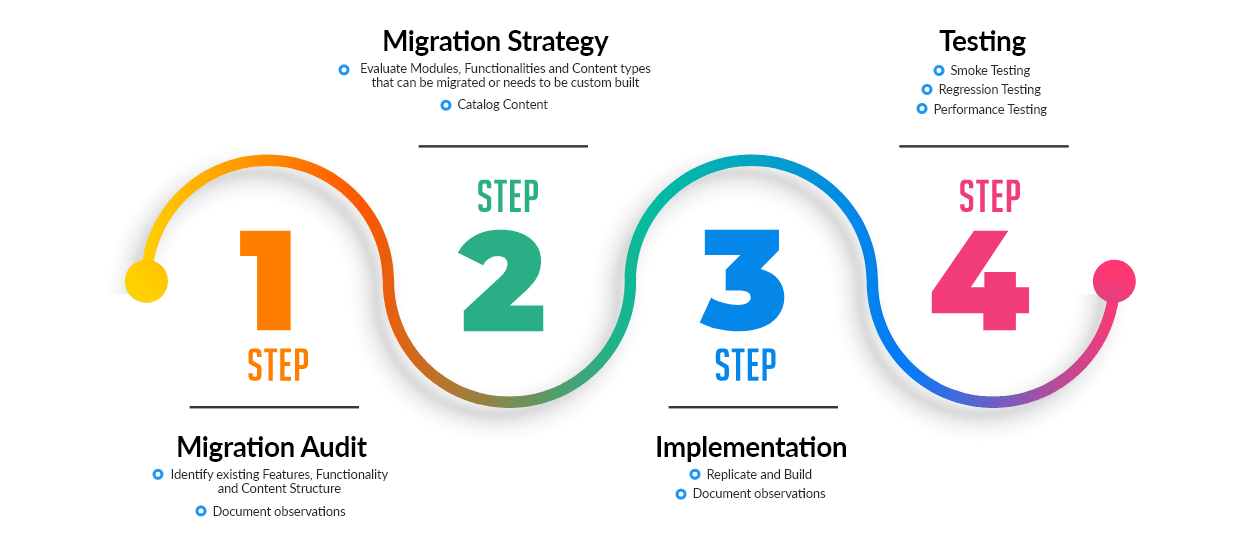Powering Digital Ambitions with Drupal Excellence
We take complex digital challenges and create easy Drupal solutions that work for your business and mesmerize your users. At Anchor Points, we harness the full potential of Drupal's open-source ecosystem to create digital experiences that captivate and convert. Through Drupal's flexible architecture and robust APIs, we empower your brand to deliver personalized content at scale, transforming how you connect with audiences across every digital touchpoint.


Drupal Strategy & Consulting
Need clarity in your digital journey? Our experts at Anchor Points Innovation LLC have helped many businesses craft solid Drupal strategies that align with their goals. We’ll work with your team to build a clear plan and provide ongoing support for long-term success.

Drupal Development Services
Your vision for the digital world is deserving of better execution. Our development team has rich Drupal experience in every project, regardless of whether you need custom modules, third-party integration, or an end-to-end enterprise solution. We code cleanly, with best practices, and for your future development.

Headless Drupal
We specialize in Headless Drupal solutions that turn Drupal into a powerful backend for modern digital products. Whether it's building robust APIs or integrating with React, Vue, or other frontend frameworks, we create flexible, future-ready systems built to scale with your business.

Drupal Enterprise Solutions
We design and build large-scale, enterprise-grade websites and applications using Drupal. With a strong focus on compliance, security, and scalability, our team delivers solutions backed by proven strategies and real-world success. From complex integrations to performance optimization, we bring deep expertise and a solid track record you can trust.

Drupal Support & Maintenance Services
Your Drupal site is an ongoing, living investment that requires regular attention. We offer peace of mind through proactive monitoring, timely updates, and prompt support. When something breaks (and occasionally something does), we're just an instant away.

Personalization Services
Users now expect experiences that are personalized just for them. We employ smart personalization methods that make your Drupal website respond to the unique needs and behaviors of users. Show the right content at the right moment to the right individuals, without exhausting your employees.

Digital Asset Management Services
Managing an ever-growing library of photos, videos, and documents? Our DAM solutions play seamlessly within your Drupal environment to organize, tag, and serve your digital assets with ease. Say goodbye to the headaches of scouring an infinity to locate that "perfect image."

Drupal Migration & Upgrades
Prepared to switch to a more recent version of Drupal or come over from another CMS? Our migration team handles the heavy lifting with little interruption. We'll protect your valuable content and information and get you up and running to take advantage of Drupal's latest capabilities.










